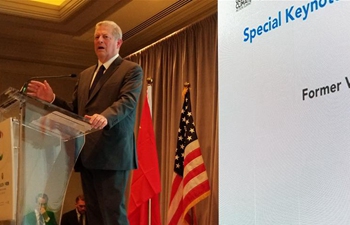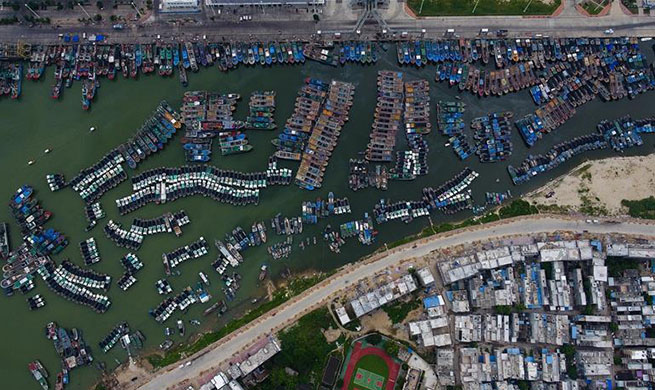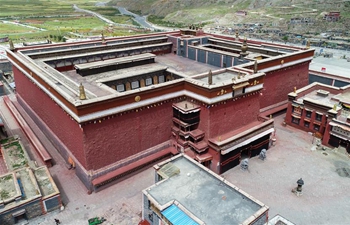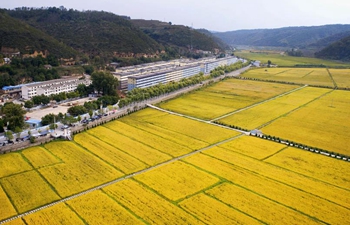UNITED NATIONS, Sept. 14 (Xinhua) -- The overall trend globally on human development is moving toward improvements, UN statistics said Friday, while noting disparities between and within countries continue to stifle progress.
Norway, Switzerland, Australia, Ireland and Germany lead the ranking of 189 countries and territories in the latest Human Development Index (HDI) released by the UN Development Programme (UNDP), while Niger, the Central African Republic, South Sudan, Chad and Burundi have the lowest scores in the index, which measures national achievements in health, education and income.
The global trend toward improvements is clear, the index shows, with many countries moving up through the human development categories.
Out of the 189 countries for which the HDI is calculated, 59 countries are now in the very high human development group and only 38 countries fall in the low HDI group. Just eight years ago in 2010, the figures were 46 and 49 countries respectively.
Health has improved considerably as shown by life expectancy at birth which has increased by almost seven years globally, with Sub-Saharan Africa and South Asia showing the greatest progress, each experiencing increases of about 11 years since 1990.
Also, today's school-age children can expect to be in school for 3.4 years longer than those in 1990.
Ireland enjoyed the highest increase in HDI rank between 2012 and 2017 moving up 13 places, while Turkey, the Dominican Republic and Botswana were also developing strongly, each moving up eight places.
All three steepest declines in human development ranking were countries in conflict: the Syria had the largest decrease in the rank, falling 27 places, followed by Libya (26 places), and Yemen (20 places).
Although, average HDI levels have risen significantly since 1990 -- 22 percent globally and 51 percent in least developed countries, there remain massive differences across the world in people's well-being.
A child born today in Norway can expect to live beyond 82 years old and spend almost 18 years in school. In contrast, a child born in Niger can expect only to live to 60 and spend just five years in school.
Also, while significant inequality occurs in many countries, including in some of the wealthiest ones, on average it takes a bigger toll on countries with lower human development levels.
One key source of inequality within countries is the gap in opportunities, achievements and empowerment between women and men. Worldwide the average HDI for women is six percent lower than for men, due to women's lower income and educational attainment in many countries.
"While there is ground for optimism that the gaps are narrowing, disparities in people's well-being are still unacceptably wide. Inequality in all its forms and dimensions, between and within countries, limits people's choices and opportunities, withholding progress," said Selim Jahan, Director of the Human Development Report Office at UNDP at the release of the document.
The HDI was introduced in the first Human Development Report by the UNDP in 1990 as a composite measurement of development that challenged purely economic assessments of national progress by incorporating health and education. The HDI now covers 189 countries and territories.
















